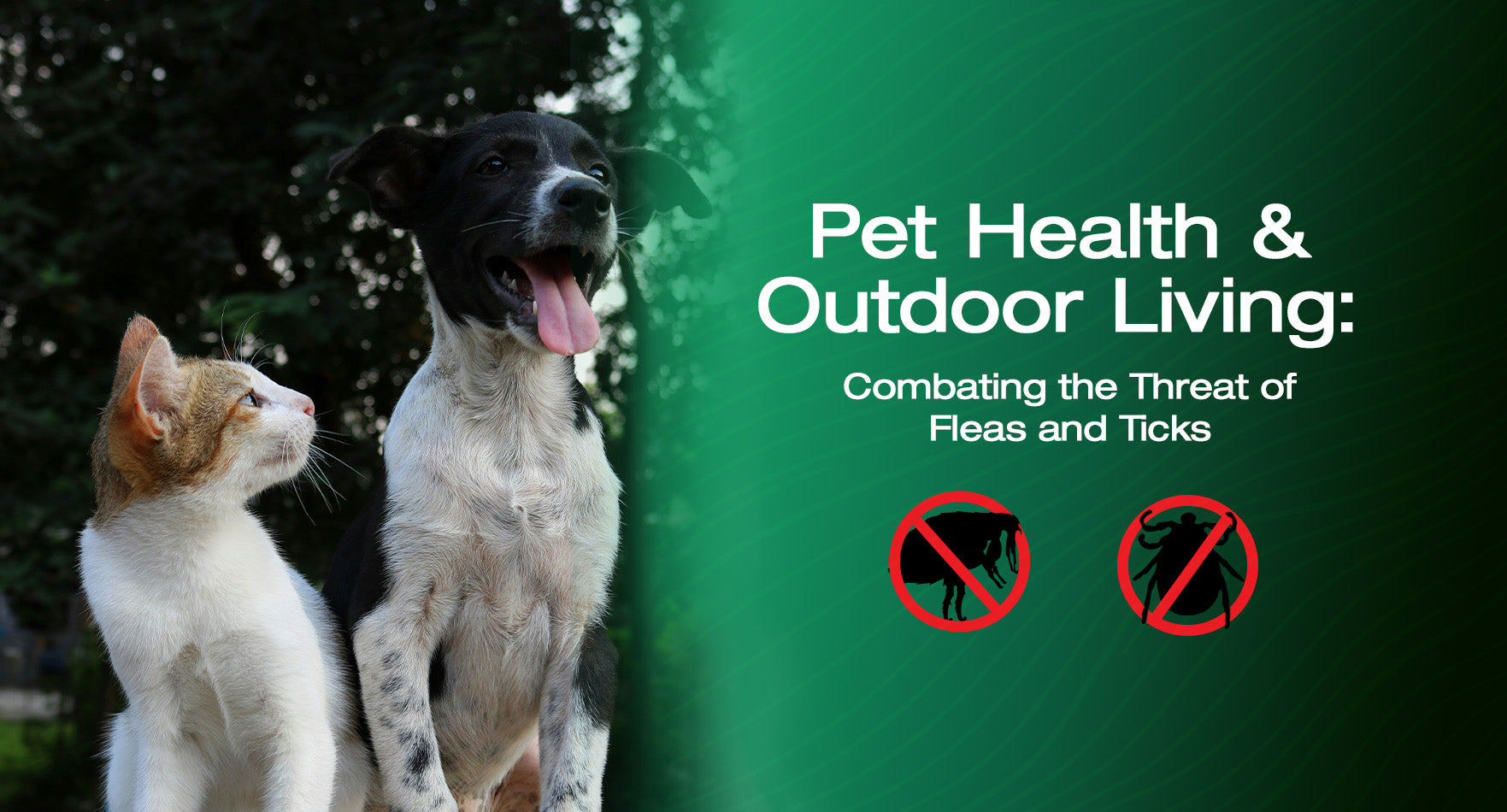For pet owners, the health of our furry companions is always a top priority, especially when it comes to outdoor activities. Fleas and ticks are not just a seasonal concern; these parasites can cause serious health issues for pets and humans alike, all year round. From Lyme disease to allergic dermatitis, the risks are real. But fear not! With the right strategies, you can enjoy the great outdoors with your pets, worry-free. Let's dive into how to combat the threat of fleas and ticks effectively.

Image by: Ron Fung
Outdoor Hazards: Fleas, Ticks, and Your Pet's Health
Fleas and ticks thrive in outdoor environments, particularly in wooded areas, tall grasses, and even your backyard. These parasites are not only a source of irritation for your pets but can also transmit diseases. Understanding the risk and knowing how to mitigate it is essential for every pet owner.
The Impact of Parasites on Pets:
- Fleas can cause intense itching, skin infections, and even lead to anemia in severe cases.
- Ticks are known carriers of diseases such as Lyme disease, Rocky Mountain spotted fever, and anaplasmosis, all of which can have serious health implications for pets and humans.

Integrating Pest Management into Your Pet Care Routine
To protect your pets, integrate pest management into your regular care routine. Here are some effective strategies:
- Regular Checks: After any outdoor activity, check your pet for ticks. Early removal can prevent disease transmission.
- Preventative Medications: Use flea and tick prevention medications as recommended by your veterinarian. These can come in the form of topicals, oral medications, or collars.
- Grooming: Regular baths and grooming can help remove any fleas and ticks before they have a chance to cause problems.
The Role of Technology in Modern Pest Management
Modern pest control technology offers innovative solutions for keeping your outdoor living spaces free from fleas and ticks:
- Smart Landscaping: Modify your landscaping to make your yard less attractive to ticks. Keep grass short, remove leaf litter, and create barriers with gravel or wood chips to reduce tick migration.
- Eco-Friendly Products: There are a variety of environmentally friendly products available that can help control pests without harming your pets or the planet.
- Innovative Tools: While not the focus of this guide, it's worth noting that certain devices can apply pet-safe treatments across your property, offering a layer of protection without the manual hassle.

Image by: Carl Tronders
A Comprehensive Plan: From Pet Treatments to Yard Solutions
Combining direct pet treatments with environmental management is key to creating a safe outdoor space:
- Create a Safe Zone: Treat your yard with eco-friendly products that target fleas and ticks. Consider professional pest control services that offer natural treatment options.
- Education: Stay informed about the types of fleas and ticks in your area and their peak seasons. Knowledge is power when it comes to prevention.
- Community Management: Work with your neighbors to manage pests in your area. A community-wide effort can reduce the overall population of fleas and ticks, making your neighborhood safer for everyone.
Enjoying the great outdoors with your pet doesn't have to be a risky endeavor. By understanding the threats posed by fleas and ticks and implementing a comprehensive prevention plan, you can protect your pet's health and ensure many happy, outdoor adventures together. Remember, proactive pest management is the best way to keep your furry friends safe and healthy year-round.










